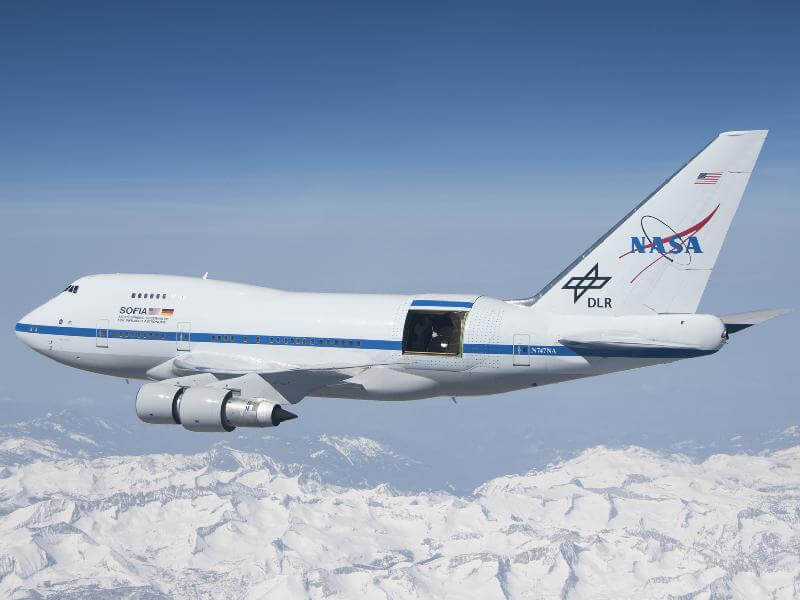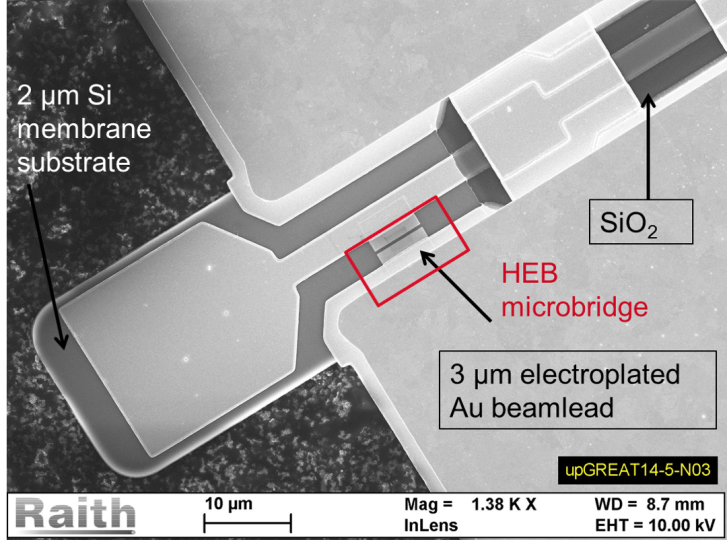
PIONEER Two customer Karl Jacobs from the University of Cologne was part of the team to detect the helium hybrid ion, which was the first molecule that formed after the Big Bang but had never been detected in interstellar medium before. Here he explains why this was a big step for science and which crucial role the PIONEER Two system played:
Molecules, the building blocks of almost everything in our daily life, including ourselves, are formed by processes binding two atoms of equal or different kinds together which then have completely different properties than their original constituents. Molecules are formed not only on planet Earth, but also in the gas and dust clouds in galaxies, such as our own Milky Way. Today we can identify more than 100 different molecules in space, from simple diatomic molecules like H2 or CO to small amino acids consisting of a larger number of atoms, and there is speculation that these molecules could have been vital in the formation of life on planets. Molecules as tracers for measuring kinematics, temperatures and densities are also vital in studying the details of star and planet formation throughout the universe.

It has not always been clear that molecules could even form in the extreme environment of space at all. The density of the interstellar matter is mostly smaller than that of the best vacuum we can produce on earth, and the strong UV radiation of young stars and cosmic X-ray radiation was originally believed to destroy all molecular bonds. It turns out that their formation is still possible, partly because of reactions on dust grains which work as a kind of catalyst and also shield from the hard radiation in the inner parts of the dust and gas cloud. Nevertheless, their formation needs an elaborate chemical/physical network that astrophysicists have been, and are still, investigating.
It was therefore rather frustrating that the very first molecule that could be formed after the Big Bang, when there was almost only hydrogen and helium available (most of the heavier atoms are only made inside stars), which was known from laboratory experiments to be HeH+, a combination of a helium atom and an ionized hydrogen atom, could not yet be detected in space.
Identifying the molecule needs to detect radiation that this molecule emits as it transitions from a higher rotational energy level to a lower rotational state, with a precise prediction of its frequency given by quantum-mechanical calculations and subsequent laboratory experiments. In case of HeH+, the frequency of this radiation is in the terahertz region at about 2.01 THz.
Unfortunately, our lower atmosphere completely blocks this frequency range, mostly due to the water vapor content of the atmosphere. Also, until recently there was no detector technology available in this frequency range that was sensitive enough to detect the incredibly small signal expected from space. With the advent of the NASA/DLR Stratospheric Observatory for Far Infrared Astronomy (SOFIA) in 2011 – a flying observatory based on a modified Boeing 747 with a large telescope in the back, flying at heights of 13-14 km in the stratosphere above most of the water vapor – it became possible to perform astrophysical observations in this frequency range. (The ESA satellite observatory Herschel, launched in 2009, did not yet have the technology to observe at 2.01 THz).




